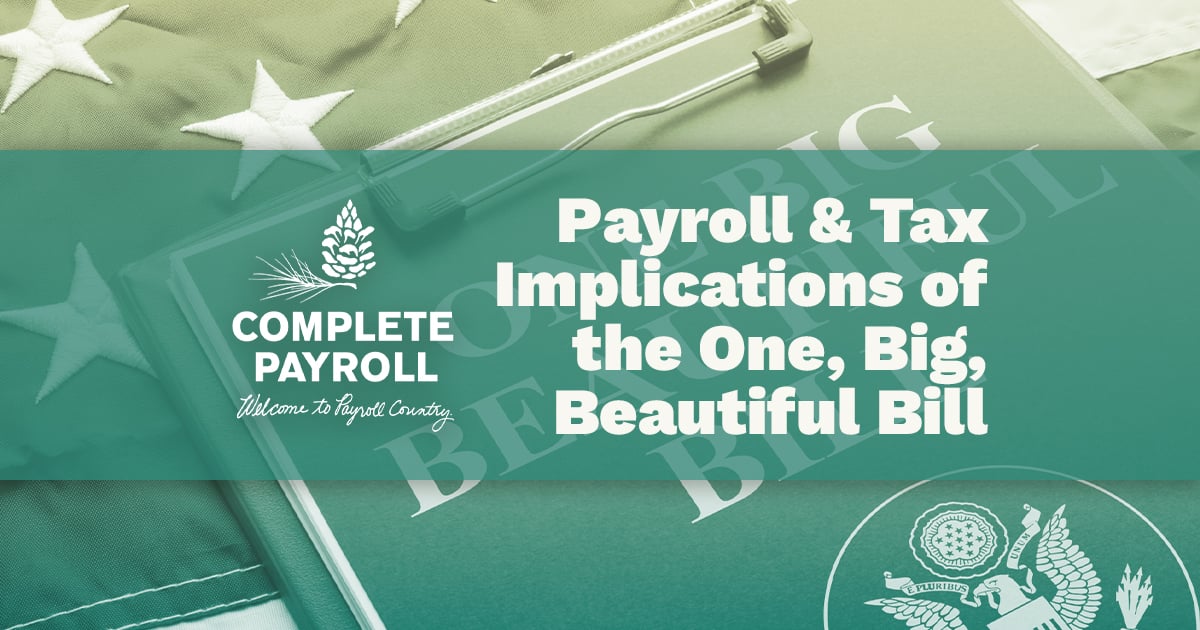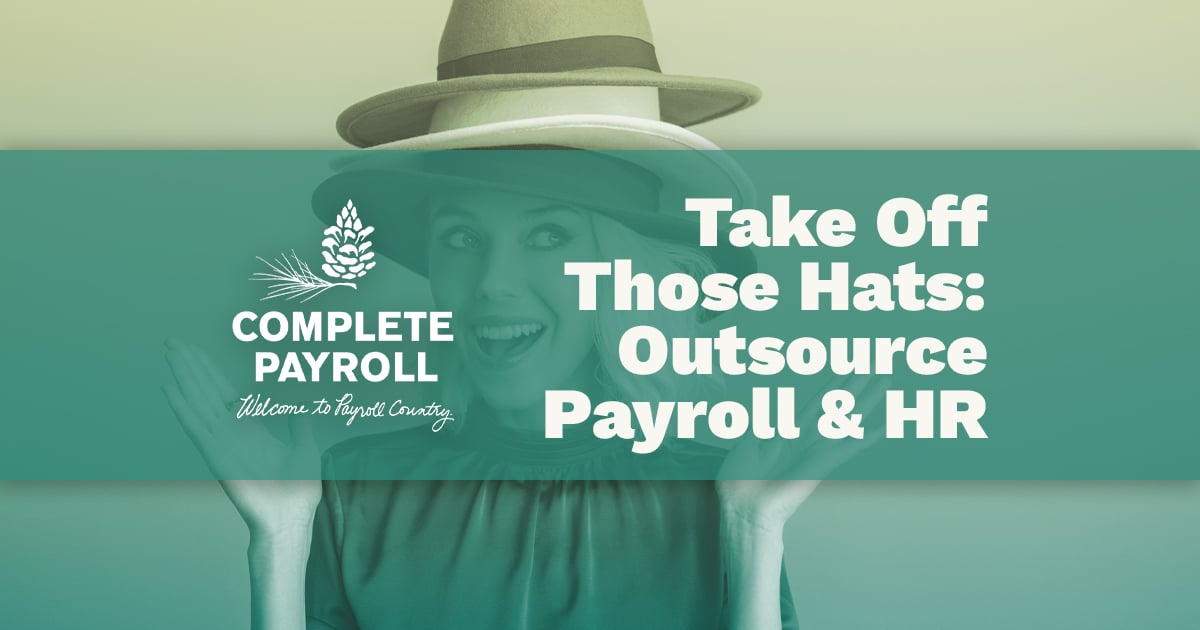Common Payroll Fraud Schemes: How to Prevent and Detect Payroll Fraud
Written by Rick Fish, Jr., C.P.P.

Did you know that payroll fraud is currently the number one source of accounting fraud and payroll theft and occurs in 27% of businesses? In their 2024 report, the Association of Certified Fraud Examiners (ACFE) revealed that payroll fraud schemes make up 15% of all occupational fraud schemes in the United States and Canada.
In addition, once these payroll fraud schemes begin, they generally last 18 months before detection and average a loss of $2,800 per month. One recent scheme involving expense reimbursement fraud even lasted for six years while the payroll manager embezzled over 2.5 million dollars.
There are a few main types of payroll fraud schemes, and if you’re up-to-date on the latest payroll frauds, then you’ll be more likely to be able to detect these schemes or prevent them from beginning. Let’s take a look at some of the most prevalent payroll schemes and how your organization can combat them.
Main Types of Payroll Fraud
Payroll Diversion
One of the most popular types of payroll fraud is payroll diversion. This type of payroll fraud occurs when a fraudster contacts the payroll manager or HR professional and requests a bank account change for their paychecks. This is often done through email, and companies should be especially aware if the request appears to have a strong sense of urgency and pressures the HR manager to complete the change quickly.
This fraud can feature someone posing as an employee going to their HR and changing employee banking information, oftentimes to a pay card rather than a bank account. These fraudsters may either hack into an employee's email account or create an email similar to the employee's name to try to appear legitimate to HR professionals.
A great method of payroll fraud detection or prevention is by being alert for direct deposit changes and implementing a policy of always calling an employee to confirm their identity and the legitimacy of this request. Also, watch out for more than one employee using the same direct deposit information.
Ghost Employees
The ghost employee fraud scheme is when someone creates and sets up a fake employee to receive wages. This scheme is typically attempted by someone inside the company, such as a manager or HR professional, who has access to payroll and is able to set up a fake employee file.
Essentially, the fraudster will create a fake employee file, log hours for this employee, sign off on their fake time card, and eventually deposit the wages into a bank account to which they have access.
This can also happen if an HR email is hacked and the fraudster contacts the payroll contact, claiming that they need to add a 1099 employee. Then they pay out the fake 1099 employee and deposit the untaxed wages into their own account.
Unfortunately, this type of fraud can go on for a very long time if it is not caught early on or if a company doesn't have the right policies in place to prevent it from beginning.
It’s a good practice to have policies in place that require two or more managers to complete employee onboarding to help prevent payroll fraud. For example, a human resources manager and payroll professional both work with the employee in the onboarding process, one setting up the employee file and another setting up their direct deposit.
Overpayment Fraud
Overtime Scheme
This type of payroll fraud occurs when a manager creates or inflates higher pay rates, overtime rates, commissions, or bonus pay. This type of fraud usually happens at the manager or executive level, since this scheme has to have a manager sign off on fraudulent timesheets and overtime pay rates. The ACFE reports that executives and upper management positions are responsible for 16% of payroll fraud occurrences.
In one case, a Boston police captain was found guilty of an overtime scheme where he inflated and approved his team’s overtime hours, resulting in himself and his unit being paid twice as much. This scheme of his went on for 3.5 years before he was caught and resulted in a large loss of money for the police force.
A helpful method of payroll fraud prevention is to implement a separation of duties within your company. For example, have a designated manager submit the time sheets, and perhaps your HR director will review and approve each time card and pay rate. It’s always a good practice for companies to have two sets of eyes on their payroll. Another way would be to frequently check for unusual time clock activities to catch any suspicious long shifts or unusual hours being submitted.
Embezzling Withholding
This payroll scheme is when a fraudster pockets the legitimate earnings of another employee into their own pocket. Essentially, they earmark the money for something, but in reality, it is going somewhere else where the schemer has access to it.
An example of this would be if a manager were to mark another employee’s earnings as going into a Roth IRA, but in reality, they were just funneling the money into their own private bank account. Fraud of this nature would result in a criminal charge of embezzlement as well as a violation of state laws relating to wages and fringe benefits.
A way to prevent this scheme is by having separate individuals submit withholdings and another individual review the contribution statements.
Expense Reimbursement Fraud
An expense reimbursement fraud scheme occurs when an employee submits either exaggerated or falsified reimbursement receipts or submits the same receipt multiple times. While it may seem like this type of fraud would be apparent and easy for a company to catch, it's surprising to note that there are past examples of fraudsters getting away with this scheme for years.
One example of this scheme is that of a payroll manager in Michigan who embezzled over $2.5 million over the course of six years using this expense reimbursement fraud scheme before ultimately getting caught and prosecuted.
Again, one of the best ways to prevent a reimbursement fraud scheme from happening at your company is by putting a limit on the amount of expenses allowed and requiring approval from managers prior to each work expense.
These three types of overpayment fraud schemes are typically internal issues and, therefore, harder for an outside payroll company to detect. While Complete Payroll does its best to help detect payroll fraud, we recommend that your company implement practices such as separation of duties to try to prevent payroll fraud.
How to Prevent Payroll Fraud
So, now that you’re aware of a few of the most common types of payroll fraud, you can be better prepared to prevent it from occurring. Here are a few tips that we recommend to set your company up for success by using these payroll fraud prevention tactics.
- Educate and train your employees to be able to detect fraud early on.
- Carefully review any requests for direct deposit changes and speak to the employee personally to verify change orders.
- Alert your employees to never share their login credentials with another individual, whether it’s in person or through email.
- Implementing separation of duties will create an accountability system with your managers, prevent payroll fraud, and help with payroll fraud detection.
- Verify and review each expense receipt submitted to your company, and keep a record of it.
Payroll Fraud Prevention
While payroll fraud does happen, arming your business with the right policies, methods, tools, and knowledge to prevent and detect payroll fraud can save your business a lot of money and hassle if a fraud scheme were ever to occur.
The important preventative practice is that your company recognizes the warning signs of payroll fraud and that your company, managers, and employees are up to date on the types of payroll fraud, so you know what types of schemes to look out for.
One of the benefits of using a payroll software company such as Complete Payroll is that if we ever notice anything suspicious, we always give you a call to confirm authorization for payroll changes. Having a trusted payroll company is another effective way to help safeguard your business against payroll fraud, as it’s helpful to have an outside source with eyes on your payroll to help detect any unusual or suspicious activities.
















 Get Instant Blog Notifications
Get Instant Blog Notifications


